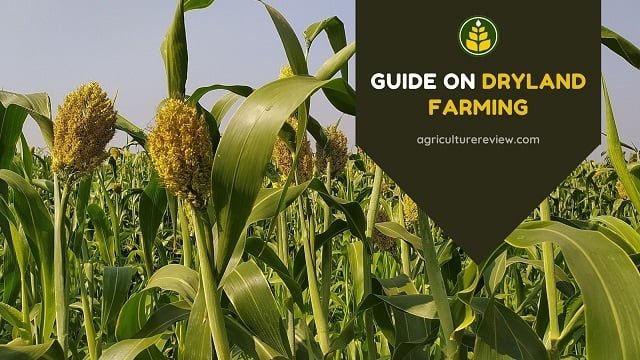1. What is soil science the study of?
2. Which term refers to the formation, classification, and mapping of soils?
3. What percentage of soil is composed of organic matter?
4. Which term is used to describe the study of soil in relation to plant growth?
5. Rocks are primarily formed from which material?
6. What is the study of rocks called?
7. Which type of rock is formed from the solidification of molten magma?
8. Which branch of soil science focuses on soil’s natural setting?
9. What is the primary component of the Earth’s solid crust?
10. What is the process of the Earth’s crust breaking down called?
11. What is the percentage of soil water in the soil composition?
12. Which type of rock is formed from the alteration of existing primary and secondary rocks?
13. What are the primary constituents of rocks called?
14. What process involves the decomposition of rocks by various chemical processes?
15. What is the Greek word for soil, used in the term pedology?
16. Which component is NOT part of soil composition?
17. What is the process of breaking down rocks into soil called?
18. Which type of weathering involves the physical breakdown of rocks?
19. Which type of rock is an example of a sedimentary rock?
20. Which agent primarily causes erosion of rocks and soils?
21. Which type of metamorphosis involves changes due to heat?
22. Which type of rock is an example of a metamorphic rock?
23. What is the main distinction between primary and secondary minerals?
24. Which term refers to the influence of soil on organisms, especially plants?
25. What process is responsible for the chemical and physical alteration of minerals in soil?
26. Which type of igneous rock is formed from lava that cools quickly?
27. Which type of metamorphism involves the transformation of rocks by both heat and pressure?
28. What is the study of soil’s practical use and its influence on living things called?
29. Which type of sedimentary rock is formed from the accumulation of marine organisms’ shells?
30. Which of the following is a systemic fungicide?
31. Which type of igneous rock is granite?
32. What is the primary function of soil organic matter?
33. Which factor is NOT involved in soil formation?
34. What is the main difference between weathering and erosion?
35. Which soil horizon is known as the topsoil?
36. Which element is most commonly found in the Earth’s crust?
37. What is the process of converting organic material into humus called?
38. Which type of rock is basalt?
39. Which term describes the capability of soil to support plant growth?
40. What is the name of the process where plants absorb water and nutrients from the soil?
41. What is the term for the layer of soil that contains the most organic matter?
42. What is the most important property of soil for determining its ability to grow plants?
43. What is the primary mineral component of sandstone?
44. Which process involves the movement of dissolved materials through the soil?
45. Which process is responsible for the formation of soil horizons?
46. Which mineral is the most resistant to weathering?
47. Which type of soil is most fertile for plant growth?
48. Which term refers to the ability of soil to hold water against the force of gravity?
49. What is the term for the dark, organic material formed in soil from decayed plant and animal matter?
50. Which process is primarily responsible for the transport of nutrients from soil to plant roots?






I like it ….its more fun and you can earn more knowledge about this.